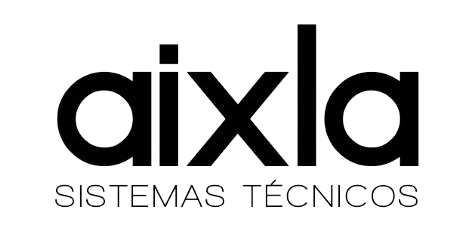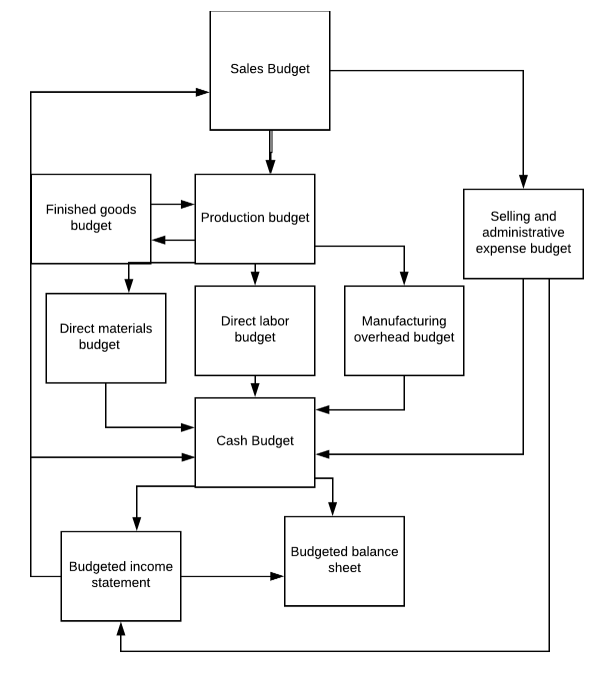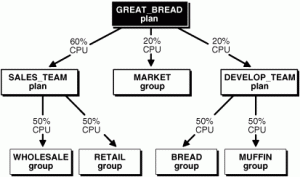Financial Statement Analysis: How Its Done, by Statement Type
All of our content is based on objective analysis, and the opinions are our own. There are several types of audits, including internal audits, external audits, and regulatory audits. Internal audits are conducted by a company’s internal audit team to assess the effectiveness of internal controls and risk management practices. This statement is essential for understanding a company’s liquidity and solvency, as well as its ability to generate and use cash effectively.
Statement of Retained Earnings (or Owner’s Equity)
As noted by auditors on financial statements «the accompanying notes are an integral part of these financial statements.» Please include a thorough review of the noted comments in your investment analysis. Generally Accepted Accounting Principles (GAAP) are the rules by which publicly-owned United States companies must prepare their financial statements. It is the guideline that explains how to record transactions, when to recognize revenue, and when expenses must be recognized.
Statement of Retained Earnings (or Owner’s Equity)
The profit and loss statement lets you take advantage of opportunities that increase sales and trim back on expenses. You’ll want to review this statement more than once a year, and definitely before filing your small business taxes. You can run a standard profit and loss statement in QuickBooks or a profit and loss detail which shows year-to-date transactions for each https://www.business-accounting.net/ income and expense account. The trial balance is the balance of all the accounts at the end of the accounting period. For example, if the business’s accounting cycle for May runs from May 1 through May 31, the balances at the end of business on the 31st become the entries for the trial balance. Understanding your company’s financial position is integral to its success.
The four main account types in a chart of accounts list
Stacy Kildal is owner and operator of Kildal Services LLC, an accounting and technology consulting company that specializes in QuickBooks. From 2012 to 2017, she has been named one of CPA Practice Advisor’s Most Powerful Women In Accounting. She is a big fan of working mobile and has been recognized by Intuit as being an expert on QuickBooks Online, having written Intuit’s original courses for the U.S., Singapore and Canadian versions. Public companies are required by the SEC and the PCAOB to issue both interim and annual statements. A CPA firm must always audit annual statements, but some interim statements can simply be reviewed by a qualified firm.
From there, gross profit is impacted by other operating expenses and income, depending on the nature of the business, to reach net income at the bottom — “the bottom line” for the business. Cash flow from operating activities is the sum of cash inflow and outflow from activities like collection from debtors, payment to creditors, and taxes paid. Monitoring the cash flow statement helps predict cash flow issues and prepare for them before they turn into a major problem. Other comprehensive income refers to gains and losses that don’t appear on the income statement because the company hasn’t realized them yet. Once you have the closing balance for the retained earnings account, add it to the opening balance of owners’ equity. To create a trial balance, you just need to list the balances of all accounts in your books and sum up the debit and credit balances.
Financial statement preparation
This method ensures that financial statements provide a more accurate representation of a company’s financial performance and position. Financial statements provide a comprehensive overview of a company’s financial performance, position, and cash flows, aiding in decision-making and financial analysis. Sales, cost of goods sold (COGS), gross profit, and operating expenses are all inputs for the income statement. So is operating income, which you generate from day-to-day business activities. Non-operating income is inconsistent and unpredictable, so you can’t rely on it to produce annual profits. Your business must produce a majority of its net income from operating income activities because operating income is sustainable.
We will examine the statement of cash flows in more detail later but for now understand it is a required financial statement and is prepared last. The statement of cash flows uses information from all previous financial statements. The financial statements are used by investors, market analysts, and creditors to evaluate a company’s financial health and earnings potential. The three major financial statement reports are the balance sheet, income statement, and statement of cash flows. Information from your accounting journal and your general ledger is used in the preparation of your business’s financial statement. The income statement, the statement of retained earnings, the balance sheet, and the statement of cash flows all make up your financial statements.
- Liabilities include accounts payable, notes payable, any long-term debt the business has and taxes payable.
- As you can guess, this is a more detailed version of the standard balance sheet, showing the starting balances at the beginning of last month, transactions entered in for the month and ending balances.
- A company with a June year-end would issue annual statements in July or August; where as, a company with a December year-end would issue statements in January or February.
- Qualifying remarks may be benign or serious; in the case of the latter, you may not want to proceed.
Notice how the heading of the balance sheet differs from the headings on the income statement and statement of retained earnings. A balance sheet is like a photograph; it captures the financial position of a company at a particular point in time. As you study about the assets, liabilities, and stockholders’ equity contained in a balance sheet, you will understand why this financial statement provides information about the solvency of the business. how to calculate accrued interest payable The balance sheet, lists the company’s assets, liabilities, and equity (including dollar amounts) as of a specific moment in time. Understanding the basics of financial statements provides investors with valuable information about a company’s financial health. Investors can use key reports, such as a balance sheet, cash flow statement, and income statement, to evaluate a company’s performance, helping to make more informed investment decisions.
All such information is provided solely for convenience purposes only and all users thereof should be guided accordingly. For information pertaining to the registration status of 11 Financial, please contact the state securities regulators for those states in which 11 Financial maintains a registration filing. My Accounting Course is a world-class educational resource developed by experts to simplify accounting, finance, & investment analysis topics, so students and professionals can learn and https://www.accountingcoaching.online/elements-of-cost-in-cost-accounting/ propel their careers. Shaun Conrad is a Certified Public Accountant and CPA exam expert with a passion for teaching. After almost a decade of experience in public accounting, he created MyAccountingCourse.com to help people learn accounting & finance, pass the CPA exam, and start their career. Current liabilities are classified as any outstanding payments that are due within the year, while non-current or long-term liabilities are payments due more than a year from the date of the report.
One of the most important resources of reliable and audited financial data is the annual report, which contains the firm’s financial statements. Financial statement preparation is a critical component of a company’s financial management, providing a comprehensive overview of its financial performance, position, and cash flows. They should stay updated on the latest accounting standards, regulations, and industry practices to ensure that they prepare financial statements accurately and in compliance with the relevant guidelines. The statement of cash flows shows the firm’s financial position on a cash basis rather than an accrual basis. The cash basis provides a record of revenue actually received, from the firm’s customers in most cases. If a firm has extended billing terms, such as 30 days net, 60 days 1 percent, these two methods can produce substantially different results.
Some examples of liabilities include accounts payable, accrued expenses, and long-term loan debt. An adverse opinion means that the financial statements are materially misstated and do not accurately represent the company’s financial position. Vertical analysis, also known as common-size analysis, involves expressing each item on a financial statement as a percentage of a base item, such as total assets or total revenues.
Each type of financial statement requires different information to prepare, but they’re created using the same three accounting principles. Because financial statements serve as fundamental sources of financial information, you need to apply basic accounting principles to ensure accuracy and consistency. The cash flow statement, also called the statement of changes in financial position, documents a company’s cash inflows and outflows. Most companies produce a multi-step income statement, which documents how a firm produces net income. In a multi-step income statement, you first find your gross profit then your operating income for a period of time.
Financial statements — such as a profit and loss statement, balance sheet or statement of cash flows — are a window into the health of your business and help you spot problems and opportunities. Financial statements let stakeholders—such as shareholders, creditors, and regulators—understand a company’s overall financial performance and health. If you’re ready to seek funding for your business, lenders look at your financial statements as they determine your eligibility for a business loan. Public companies are also required to publish their financial statements in an annual report.








